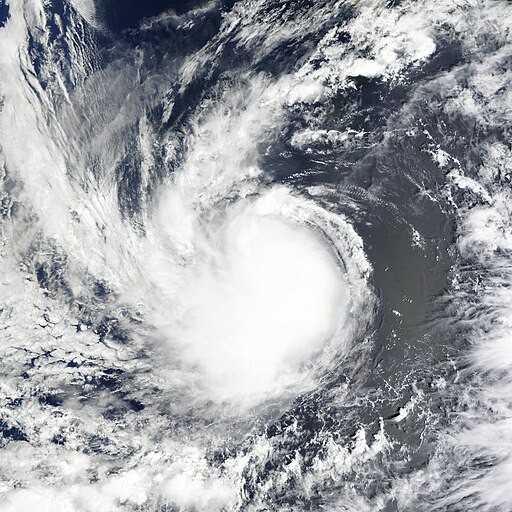Hurricane Lidia landed near a famous beach resort in Mexico amid warnings of floods and a storm surge.

Violent Hurricane Strike
On October 10, Hurricane Lidia hit Mexico's Pacific coast as an "extremely dangerous" Category 4 storm. According to the U.S. National Hurricane Center (NHC), Lidia brought strong winds and heavy rain with maximum sustained winds of about 140 miles (220 kilometers).
The hurricane had quickly strengthened to the second-highest category in the five-step Saffir-Simpson scale before reaching the land. Then it came ashore near Puerto Vallarta beach resort before weakening as it traveled inland.
By late Tuesday, its maximum sustained winds had slowed to 105 miles per hour, making it fall under Category 2. NHC expects Lidia to have further rapid weakening.
Prior to its arrival, the local government deployed 6,000 members of the armed forces to help the residents take refuge. In a social media post, President Andres Manuel Lopez Obrador advised the locals to avoid hillsides, rivers, streams, and low areas. In Puerto Vallarta, shopkeepers boarded windows and piled up sandbags to prepare for possible flooding.
As the waves crashed ashore, the city was drenched by heavy rain and strong winds whipping the palm trees. The local government has also suspended school classes, while businesses closed early as most residents waited out the hurricane at home or in shelters opened by the authorities. Some people, however, are left in the streets, surprised by the speed of the storm's arrival.
According to the NHC report, Hurricane Lidia is expected to bring rainfall of up to 12 inches (30 inches) to the states of Jalisco, Sinaloa, and Nayarit. These rains will likely generate flash and urban flooding and mudslides in higher terrain areas near the coastline.
The NHC also adds that a dangerous storm surge could produce significant coastal flooding near and to the south of the site where Lidia made its landfall. Large and destructive waves near the coastal areas will likely accompany the surge.
Impacts of Climate Change
Every year, Mexico is hit by hurricanes on its Pacific and Atlantic coasts, typically between May and November. Previously, Tropical Storm Max killed two people and flooded dozens of houses in the southern state of Guerrero. Last August, storm Hilary, a Category 4 hurricane, killed one person and devastated infrastructures as it crashed in the northwestern state of Baja California.
Experts have warned that storms become more powerful as our planet experiences global warming. According to the Center for Climate and Energy Solutions, climate change worsens the impacts of hurricanes in the U.S. by increasing the intensity and decreasing the speed at which they travel.
In warmer oceans, evaporation intensifies as temperatures rise, and so does heat transfer from the water to the air. As the hurricanes cross warm oceans, they absorb more water vapor and heat. This means that a storm can be expected to bring heavier rainfall, stronger winds, and more flooding upon hitting the land.
RELATED ARTICLE: Will Hurricanes and Typhoons Get Stronger in the Near Future? [Explainer]
Check out more news and information on the Hurricane in Science Times.


![Earth's Quasi-Moon Kamo‘oalewa Could Originate From Lunar Surface Not Asteroid Belt [Study]](https://1721181113.rsc.cdn77.org/data/thumbs/full/53275/89/56/50/40/earths-quasi-moon-kamo-oalewa-could-originate-from-lunar-surface-not-asteroid-belt-study.png)











